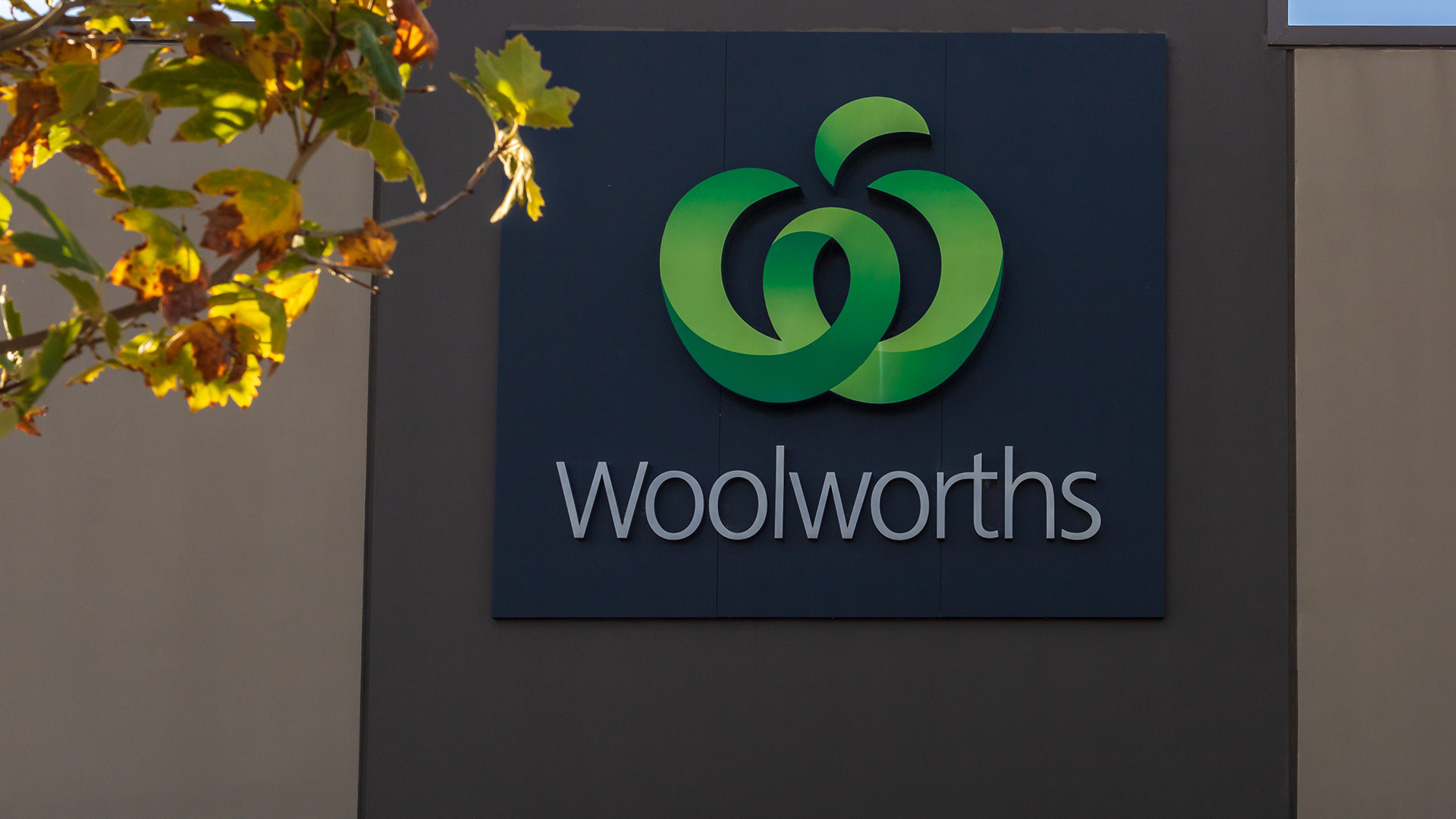For ASX-listed Azure Minerals (ASX:AZS), identifying one of Western Australia’s most exciting lithium finds involved deep trawling through long-forgotten archives in the bowels of the state’s museum.
Paradoxically, Azure initially was focused on another commodity – nickel – at its flagship Andover project, covering 70 square kilometres in the rugged Pilbara region.
Azure chief Tony Rovira says he approached legendary prospector Mark Creasy for some potential tenements to purchase and Creasy plucked Andover from the bottom drawer.
“The company had been in Mexico for 15 years but the market had become tired of what we had there, even though we were successful in our hunt for gold and silver,” he says.
“I went to Creasy, whom I had known for decades. We did a deal whereby we bought 60 per cent of Andover. It was a nickel project and we drilled more than 80,000 metres into two deposits.”
In early 2022 Rovira asked his team to look for lithium pegmatites on the hunch that some would be found on the property.
“The geologists found some additional old reports from the 1950s with some maps and sample locations,” he says.
“They were able to go down into the bowels of the WA Museum. They found a caretaker, who brought out rocks from the area and they were the right sort of pegmatites.”
Sure enough, the historical sleuthing led to plentiful pegmatites and an “abundance of visible spodumene”, the host mineral for hard-rock lithium.
In March this year Azure drilled the first hole in a 40,000-metre diamond drilling and reverse circulation campaign, culminating in a June 13 announcement of “exceptional” assays that prompted the shares to rise almost three-fold.
The results included 105 metres at 1.26 per cent lithium oxide (Li2O), including a 22.8m zone of 3.57 per cent. Another assay measured 112 metres at an average 1.05 per cent Li2O.
Put in context, the grades of WA’s five operational hard rock lithium mines range from 1.2 per cent to 1.4 per cent. Considered the world’s richest lithium mine, the long running Greenbushes grades an average 2.2 per cent.
Size-wise, it is quite possible that Andover could rival the size and scope of WA’s five great hard-rock projects that range in size from 305 million tonnes (Pilbara Minerals’ Pilgangoora) to the 190mt Mt Holland, a joint venture between Chile’s SQM and Wesfarmers.
“The lithium drill intersections from Andover are the widest that I know of in Western Australia,” Rovira says. “The fatter the better, anything over 100 metres is fantastic and these widths containing over one per cent lithium is awesome.”
Not surprisingly, Azure has wasted no time expanding its fleet to six rigs: “a huge acceleration of the program given where we were only six months ago.”
Initially, the campaign comprised 40,000 metres of diamond and reverse-circulation drilling. “But given what we are hitting there’s no way we are going to stop at that,” Rovira says. “We are going to keep drilling to the end of the year at least, which could be 100,000 metres all up.”
The company aims for a JORC-complaint resource by the first quarter of 2024.
With samples being delivered from the lab almost daily, there should also be a steady stream of follow up-data from the current campaign.
As well as more drilling, Azure is carrying out the various studies that ultimately will comprise a feasibility study, such as metallurgy and environmental work.
With $20 million in the bank, Azure is funded until the end of calendar 2024. Given the calibre of its backers, the company should have no trouble raising further capital.
The world’s second biggest lithium producer, SQM in January subscribed for $20 million of Azure shares in a placement, for a 19.99 per cent Azure holding. SQM’s holding is now worth more than $100 million.
As well as holding 40 per cent of Andover, Creasy owns 13 per cent of Azure, courtesy of the scrip-based acquisition which also entitles him to be free-carried to final mining decision stage.
Then there is the acquisitive activity that is sweeping the lithium sector globally.
In March, the world’s biggest lithium producer Albemarle lobbed a $5.2 billion takeover offer for the ASX-listed Liontown Resources, which has just started producing from its Kathleen Valley operation northeast of Perth.
Liontown rejected the offer and is now valued at $6.3 billion amid swirling rumours of rival offers.
Even after its dramatic re-rating Azure is worth almost $600 million – a still-modest valuation in the pantheon of WA lithium greats.
“It would be a very satisfying outcome if we could get our resource up to the level of Kathleen Valley,” Rovira says.
“We have a busy six to nine months of drilling and resource calculation ahead of us, but if we are successful, we will be able to come out with a very large mineral resource.”
Over a 30-year plus resources career, the rugby union-loving Rovira co-discovered the Cosmos and Cosmos Deeps nickel deposits in WA, later a substantive mine owned by Jubilee Mines and now IGO Limited. Had it not been for the lithium, Andover’s adjoining nickel tenements would have been of huge interest: Azure’s extensive drilling outlined a six million tonne resource grading an average 1.5 per cent nickel for 100,000 tonnes of contained nickel, plus copper and cobalt.
“We have parked the nickel project for the time being, while we throw all our resources at lithium,” Rovira says.
“But at some stage the nickel will need to be revisited – and there are plenty more targets yet to be tested.”













